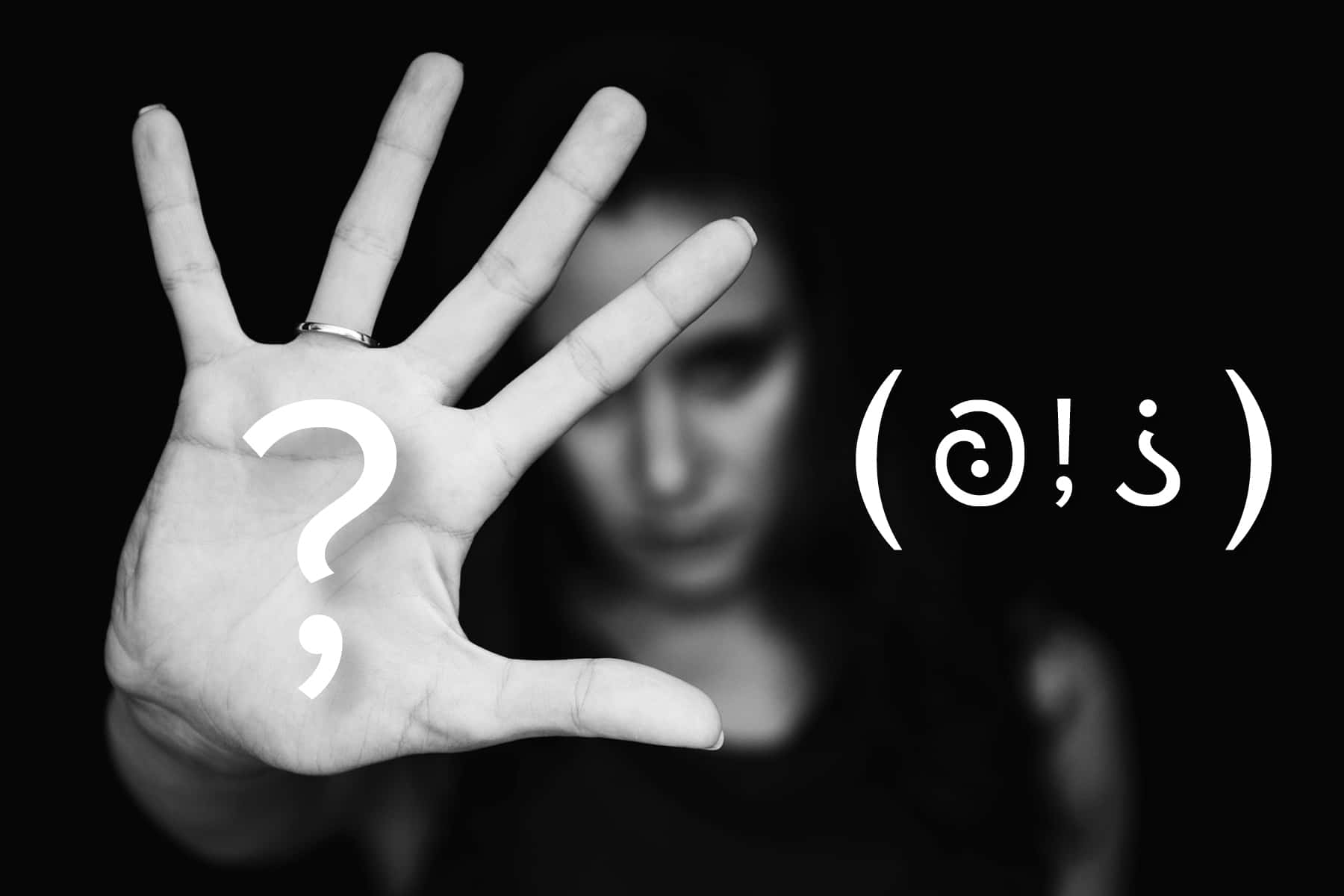
For centuries, authors, and typographers developed punctuation marks to help bridge the gap between words spoken and written. But as the English language evolved, many of those marks were deemed extraneous and unorthodox, unable to find a permanent place in a standardized format for writing.
The oldest known document using punctuation is the Mesha Stele from 9th century BC. It used points between the words and horizontal strokes between the sense section as punctuation. E-Mail, messaging, and social media are the primary means of text-based communication for most people today.
According to a Gallup survey, texting is the most used form of communication for American adults under 50. There are 3.7 billion email users worldwide who send and receive about 269 billion emails per day, and over 2.8 billion active social media users.
Punctuation, often originally referred to as pointing, is the use of spacing, conventional signs, and certain typographical devices as aids to the understanding and correct reading of written text. In written English, punctuation is vital to disambiguate the meaning of sentences. Sharp differences in meaning can be produced by the simple differences in punctuation.
The rules of punctuation vary with language. Online chat and text messages inspired some of the early evolution of using alphanumeric symbols to express a message, such as a colon and parenthesis for happy : ) or sad face : (. Emoji grew from that, but still did not address the issue of punctuation.
Look on any computer keyboard to see the selection of punctuations used in English, most of which include:
. The period for ending sentences or making abbreviations.
! The exclamation point for expressing a sudden outcry.
, The comma for separation of ideas or elements within the structure of a sentence.
: The colon makes an explanation for the statement proceeding it.
– The dash separates words into statements.
() Parentheses are for containing further thoughts or qualifying remarks.
‘ An apostrophe indicates the omission of a letter or makes the word possessive
” ” Quotations marks attribute spoken words by an individual.
There is a growing call for clarity in addressing new forms of writing in the technology era, without evolving into the cartoon pictograms of emoji. Progressive Punctuation is a movement focused on increasing awareness of unused punctuation marks. The effort hopes to begin a discussion about the present and future conditions of writing, and to eventually integrate the marks into the English language.
Nuances like sarcasm, certitude, and irony can be difficult to convey because of the gap between our expression in verbal language versus written language. Presented by Progressive Punctuation, these are the recommended collection of non-standard punctuation marks that should be used today:






© Art
Lee Matz














